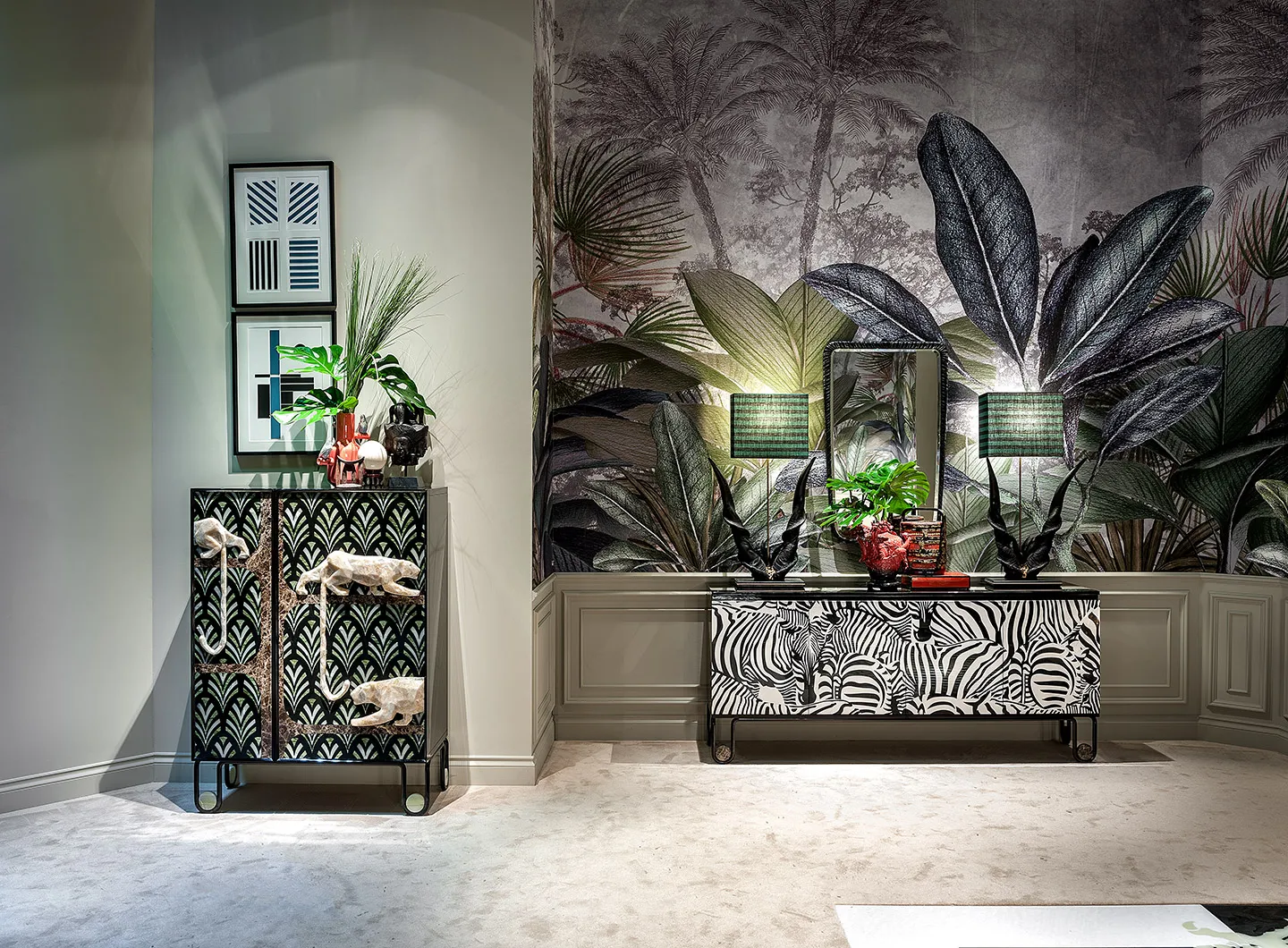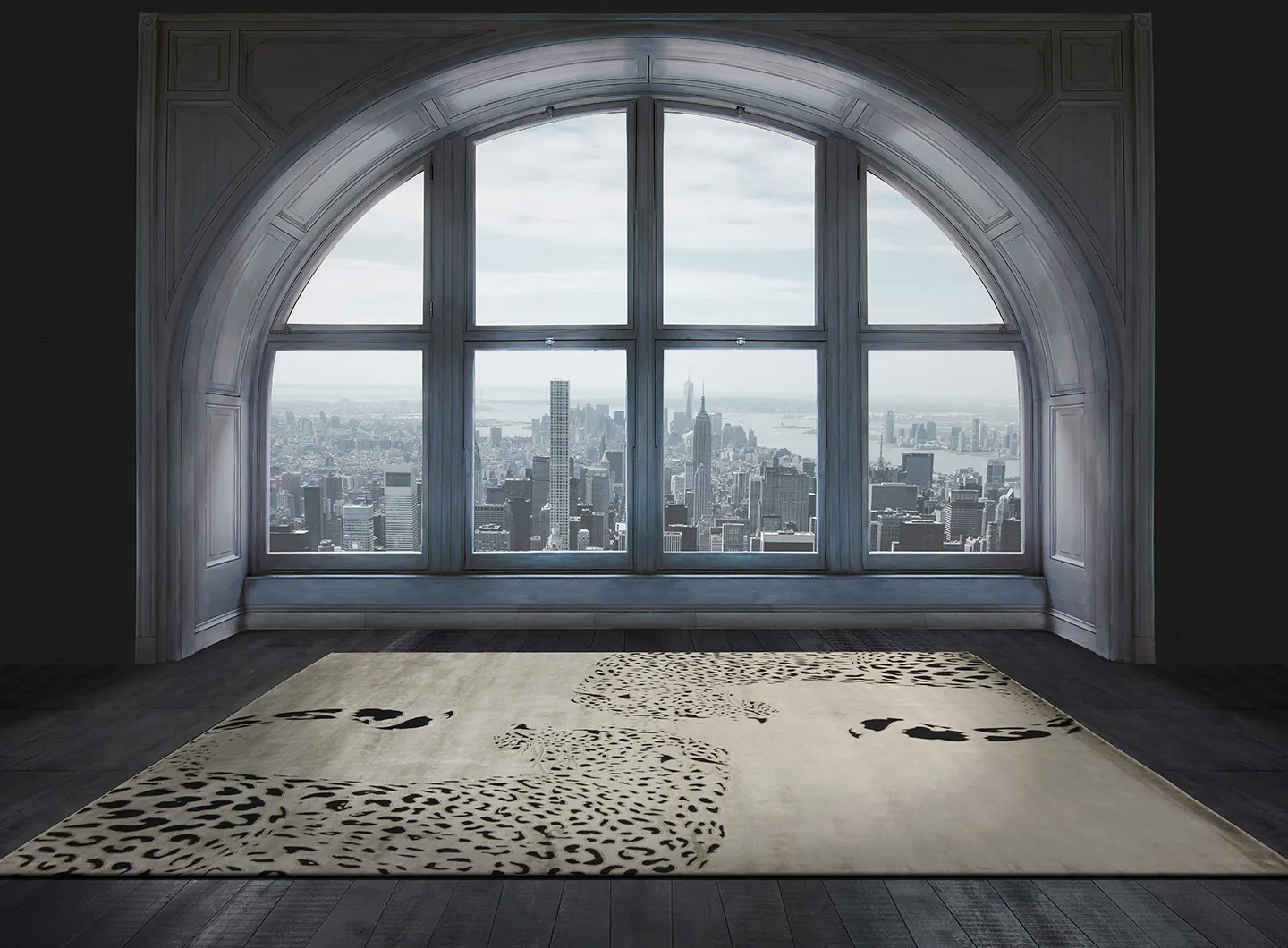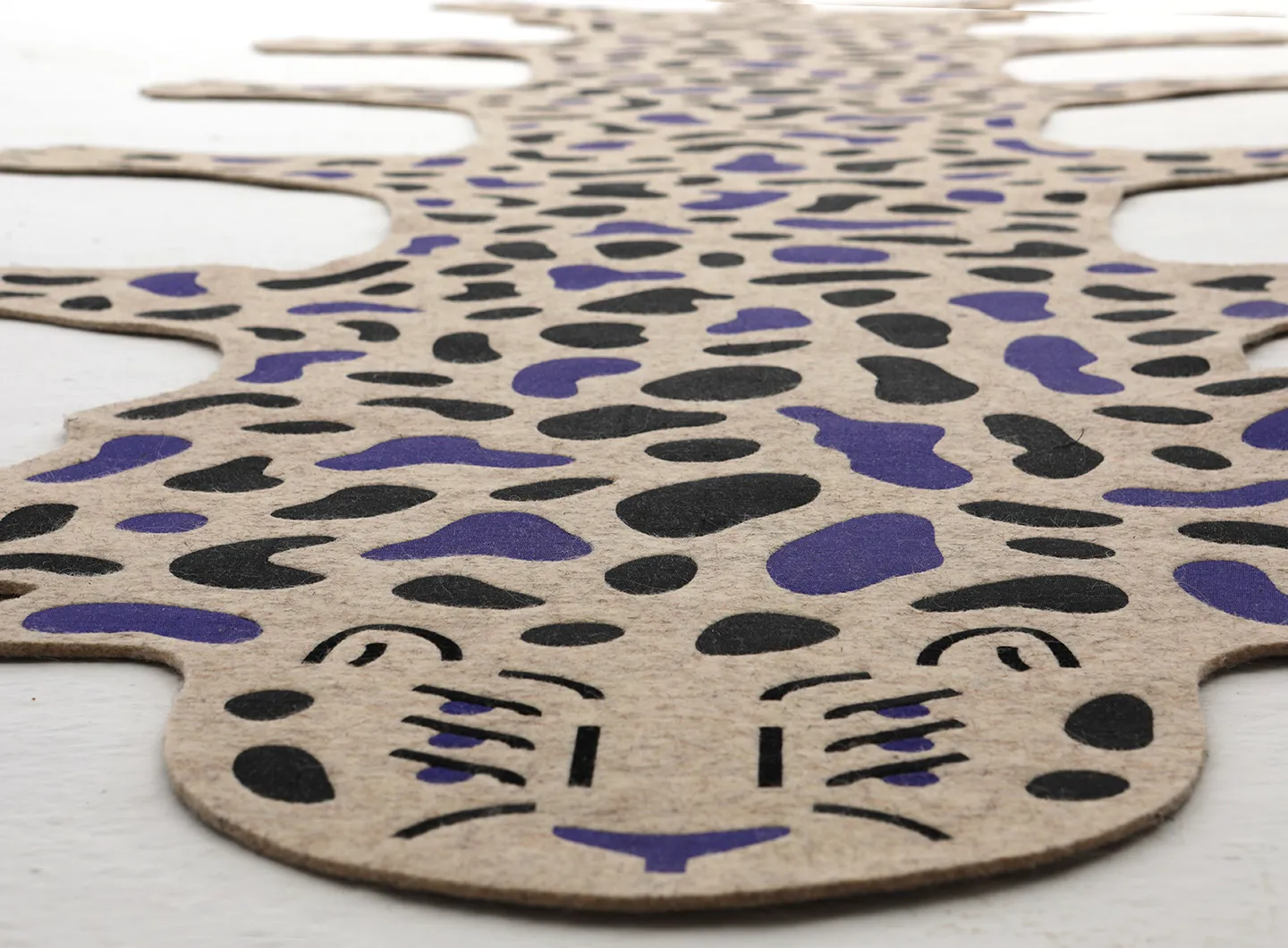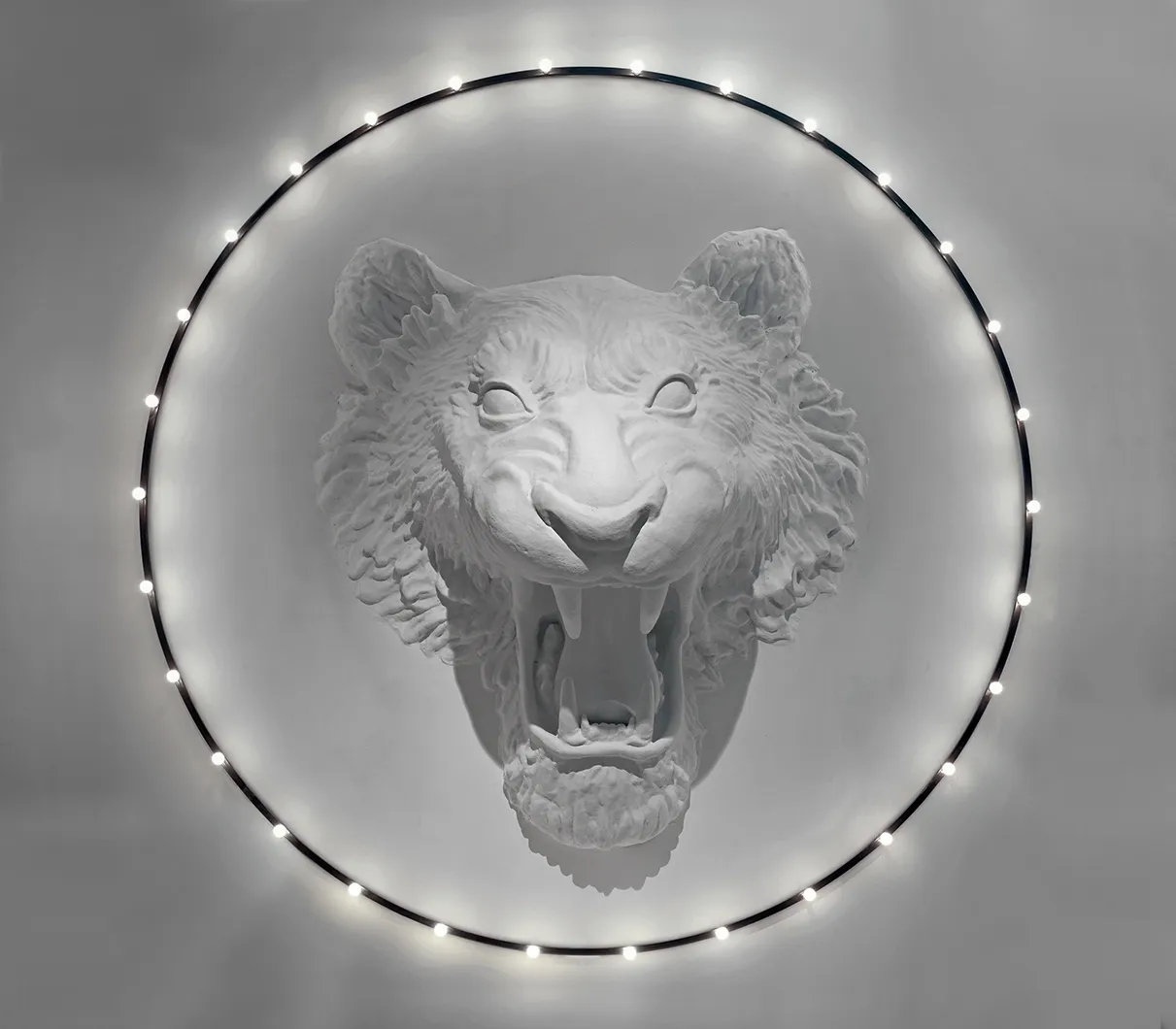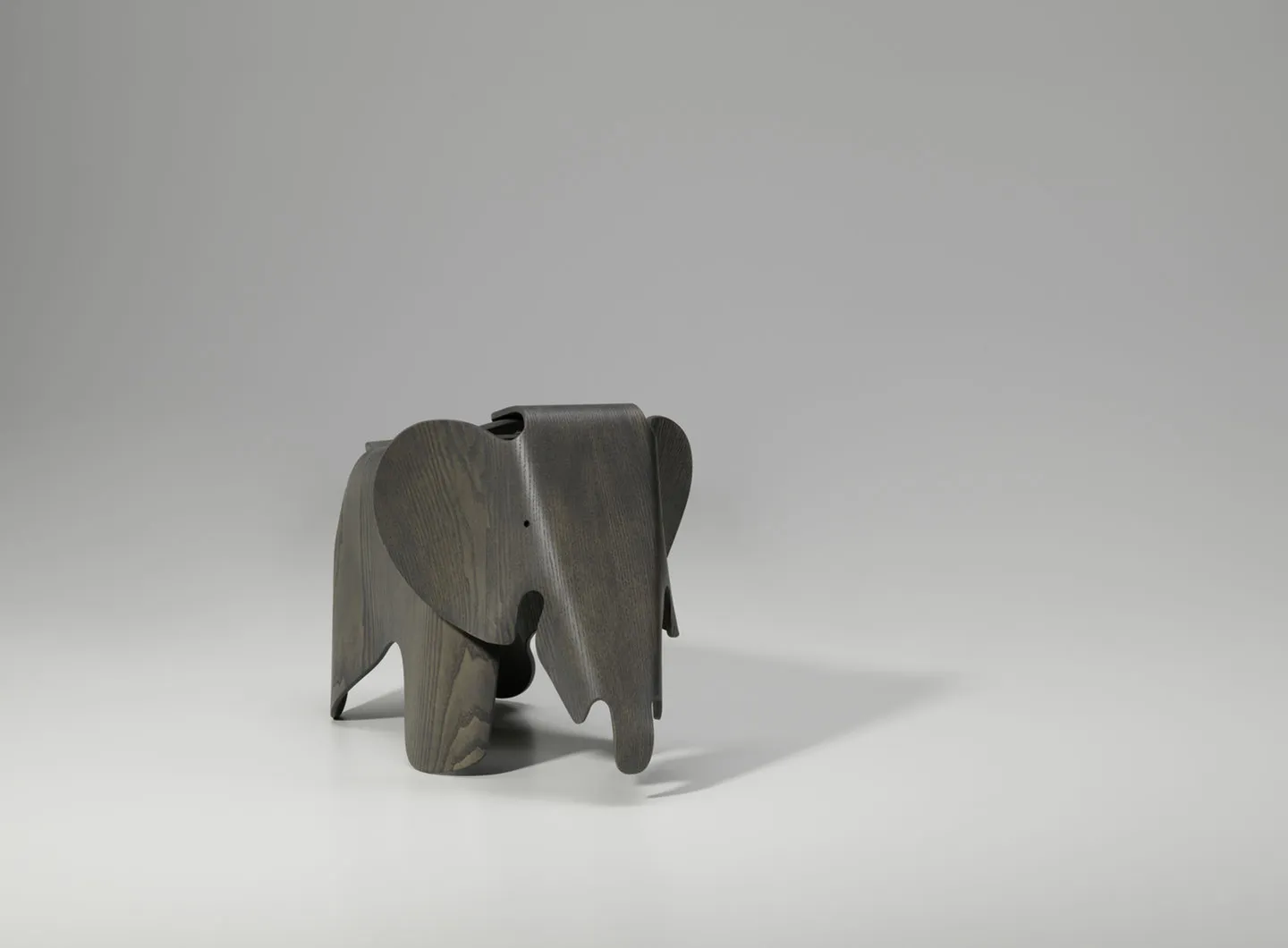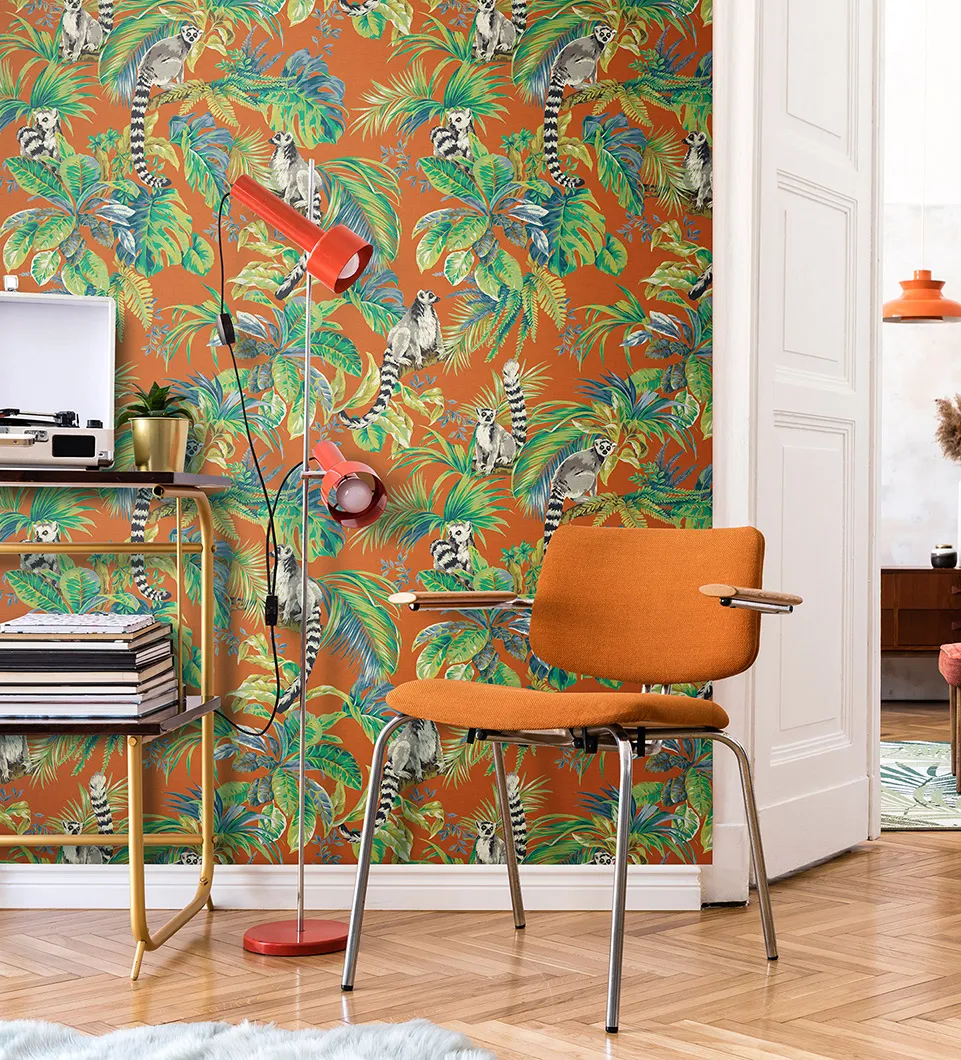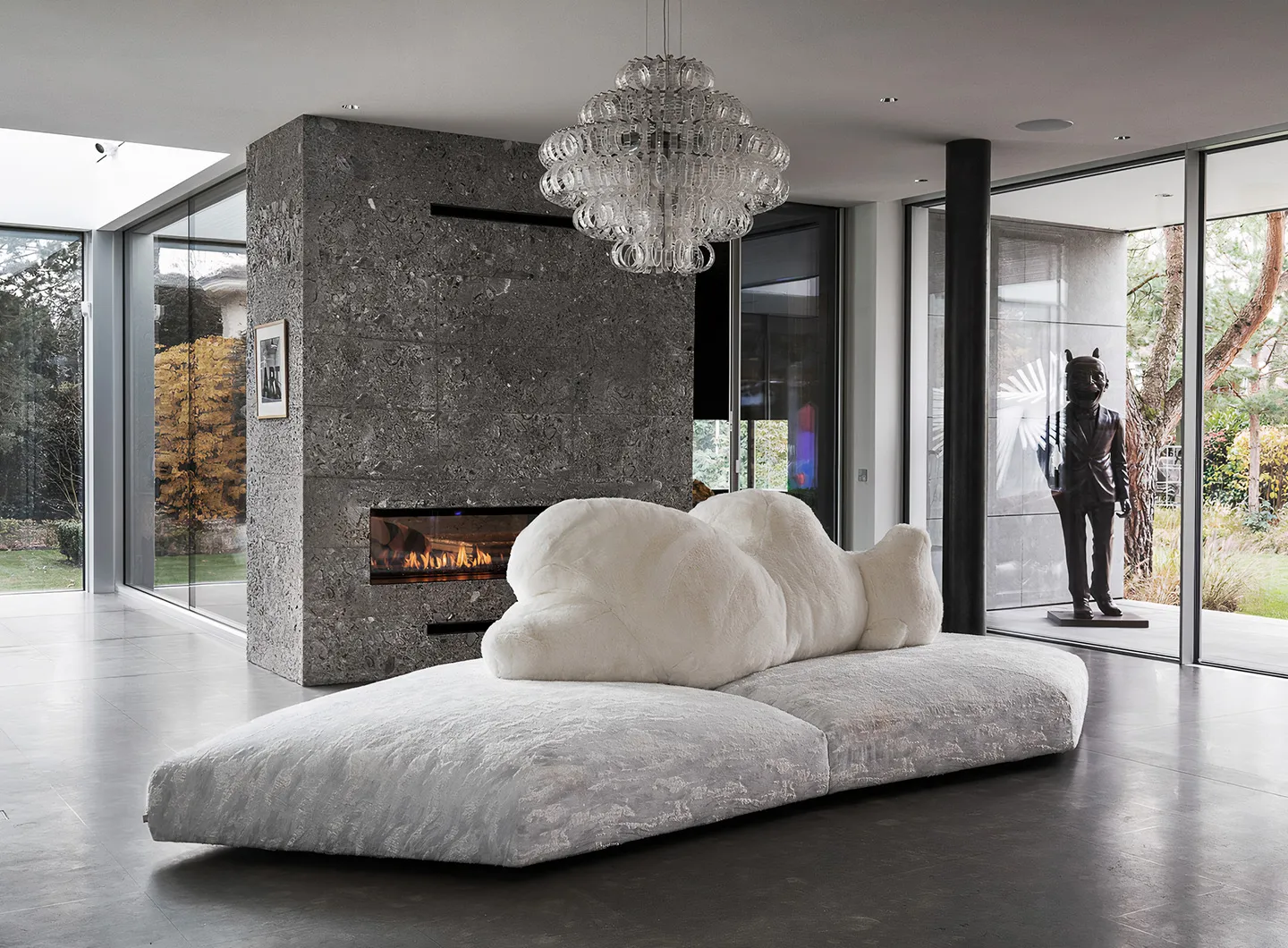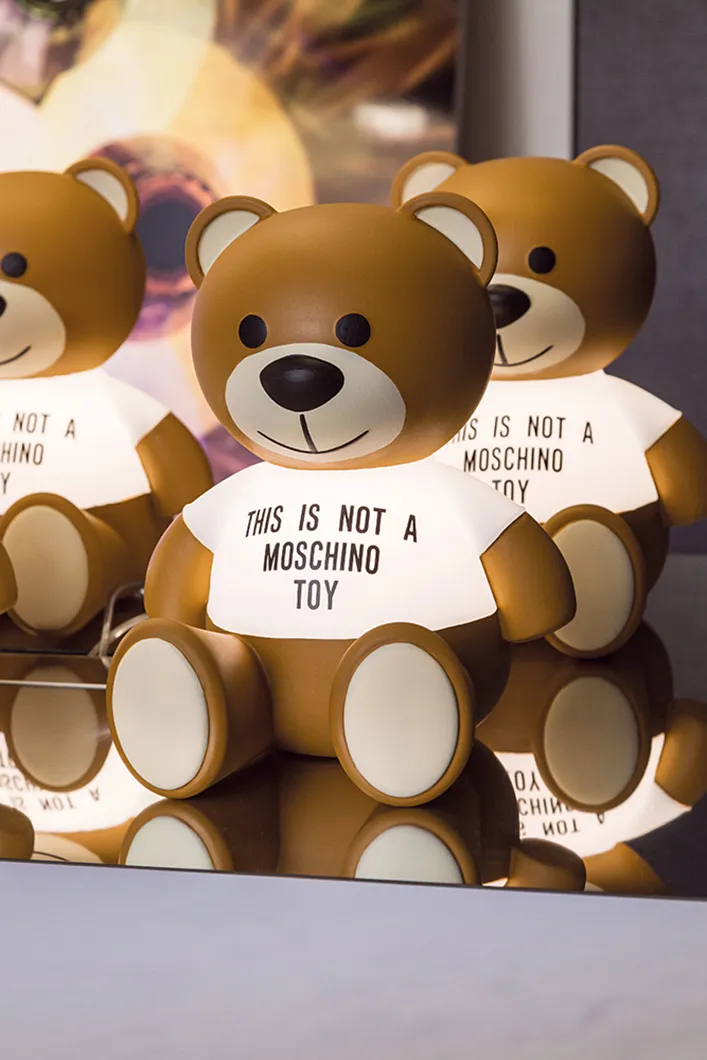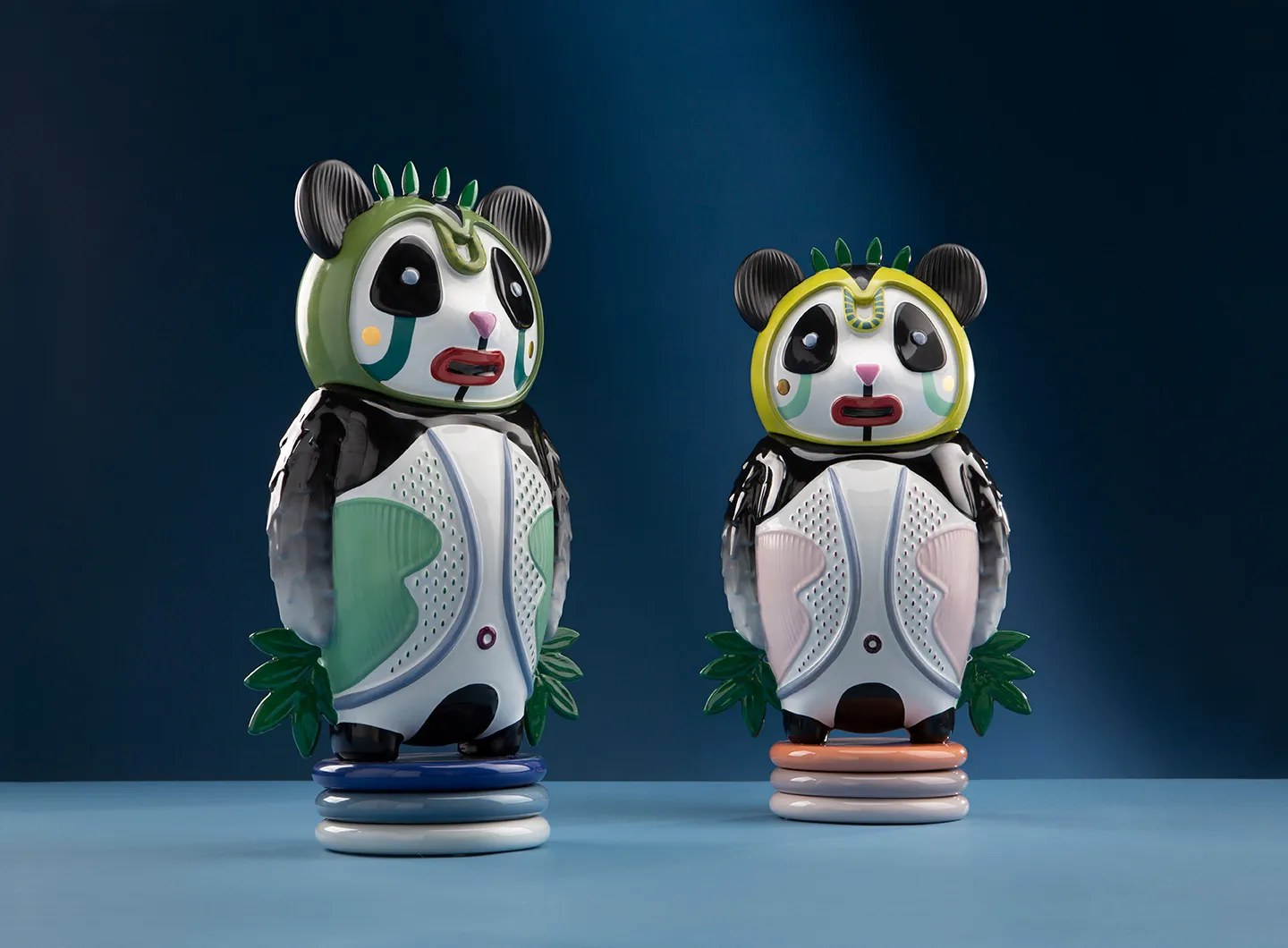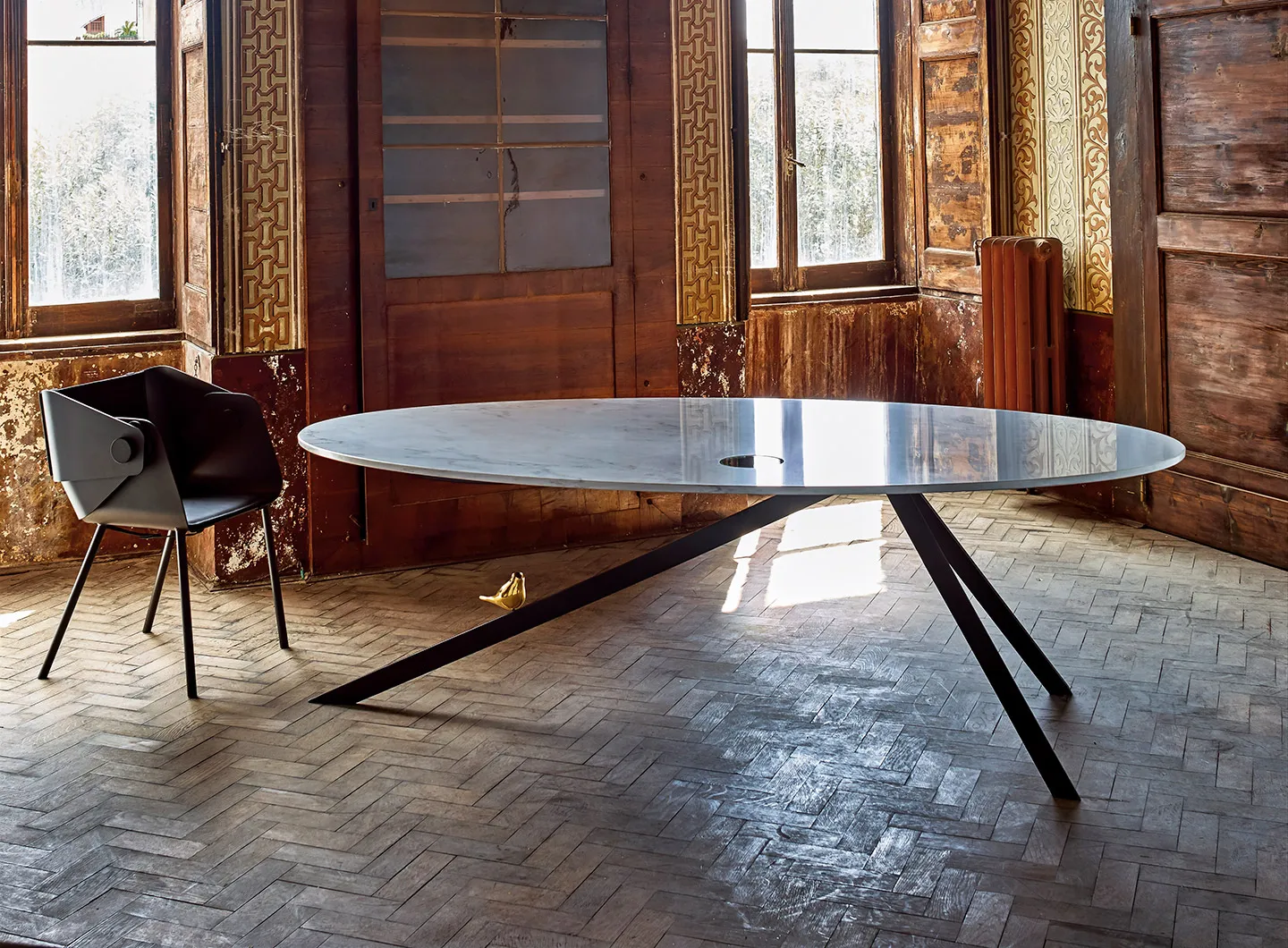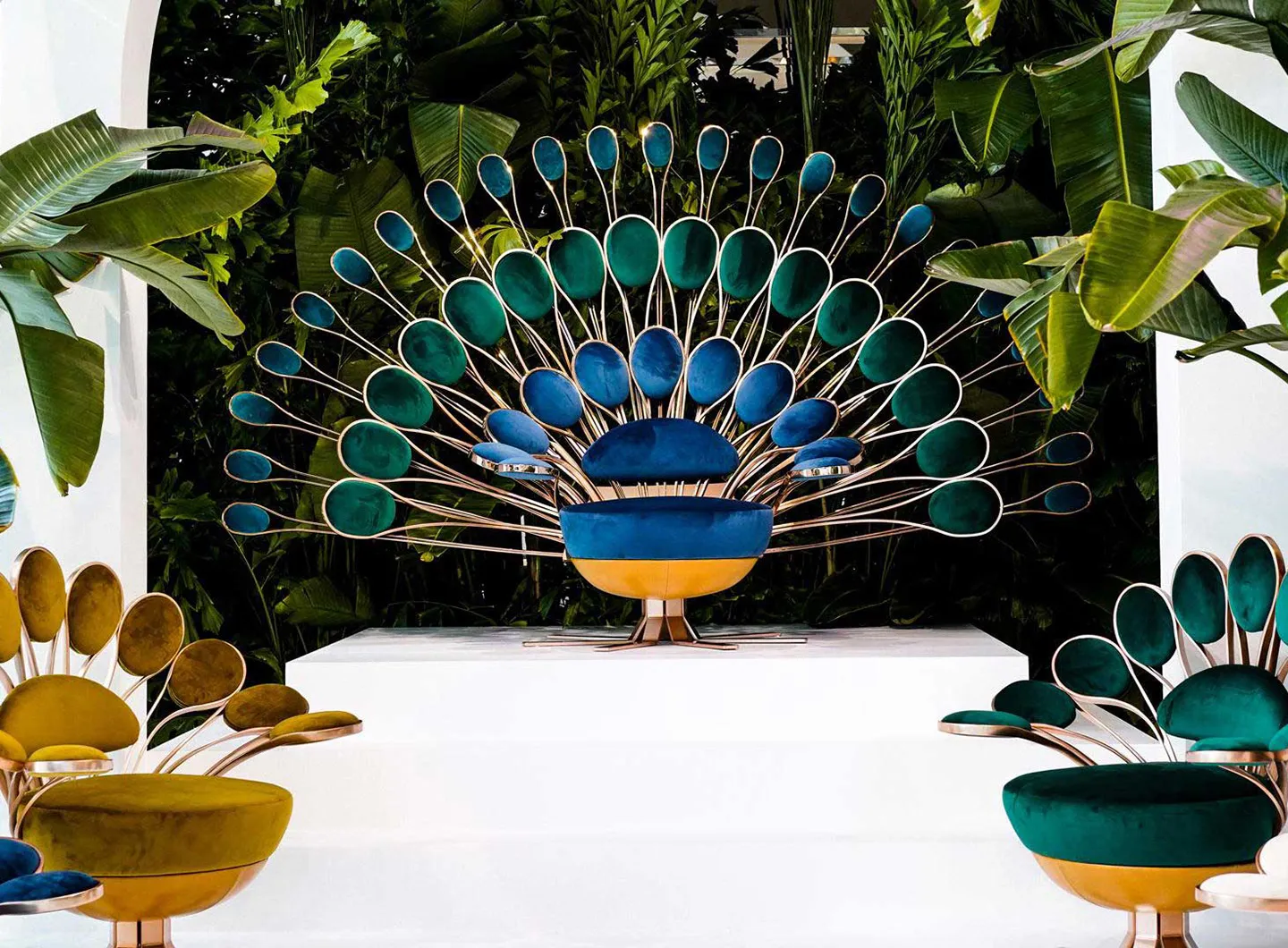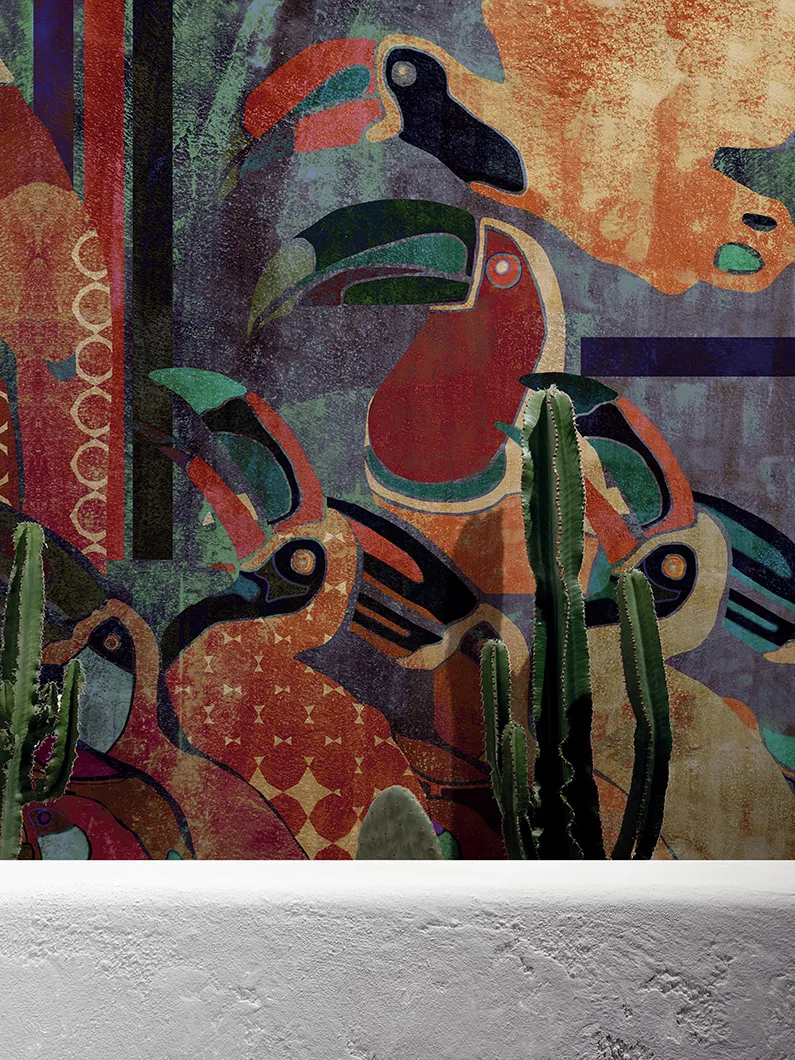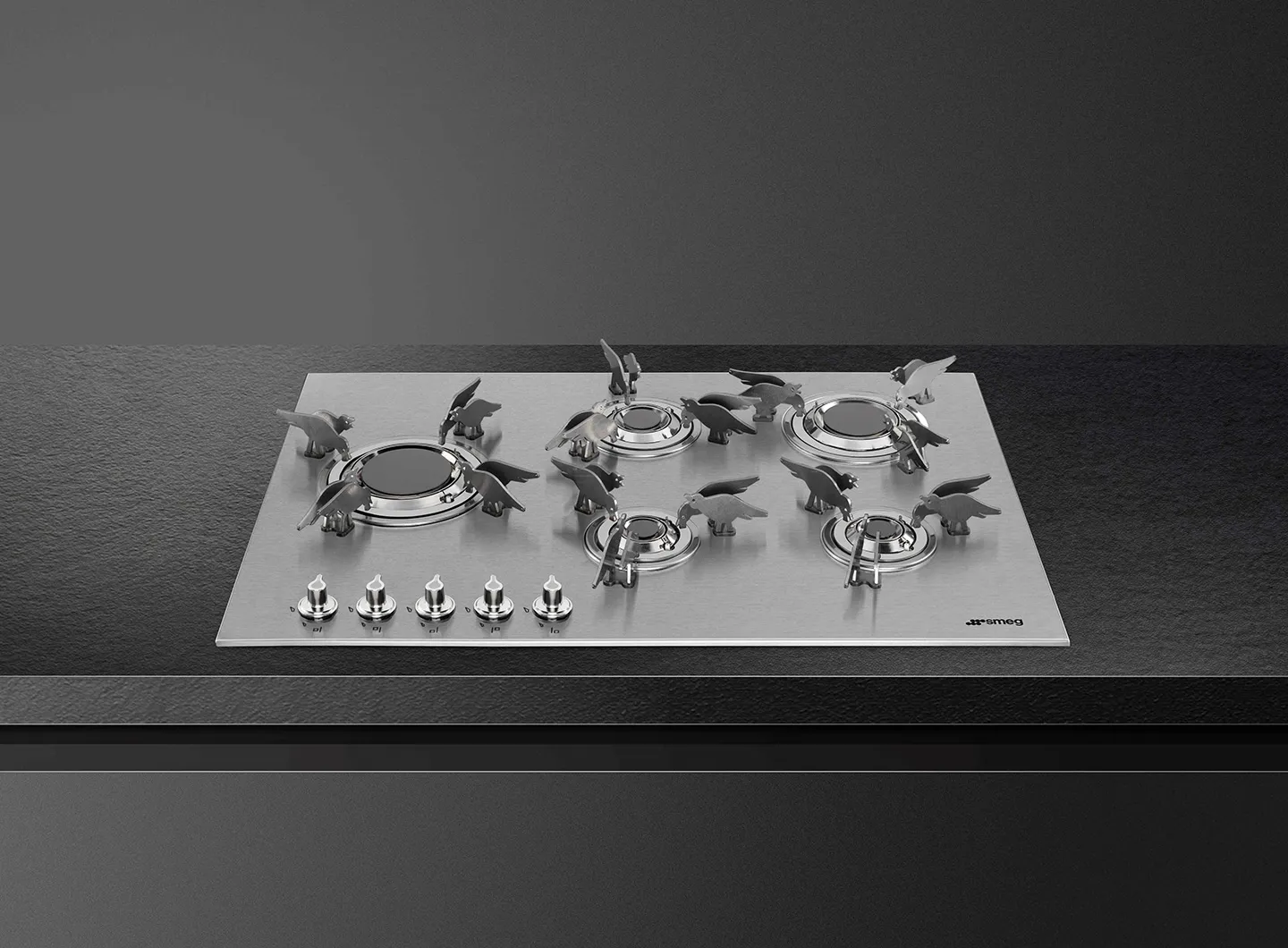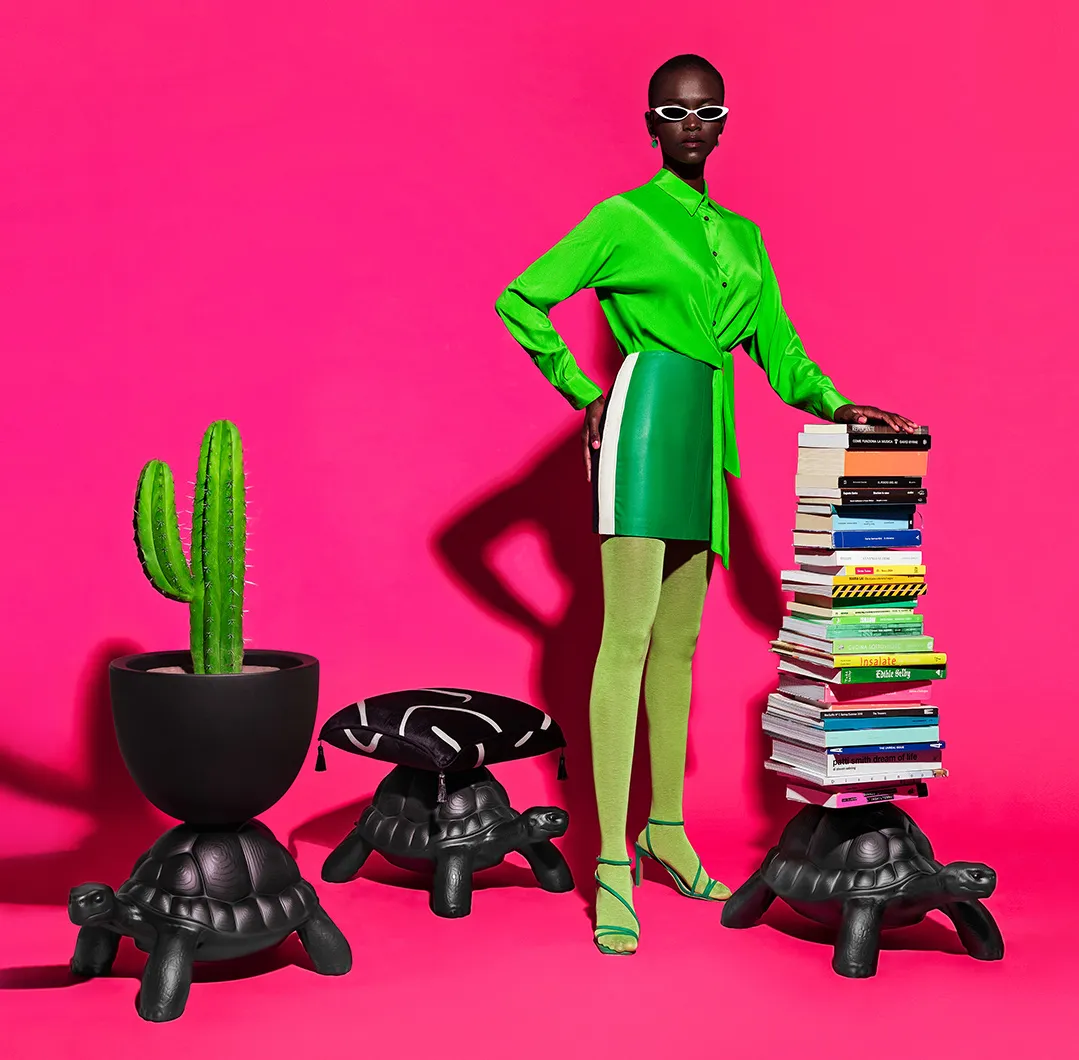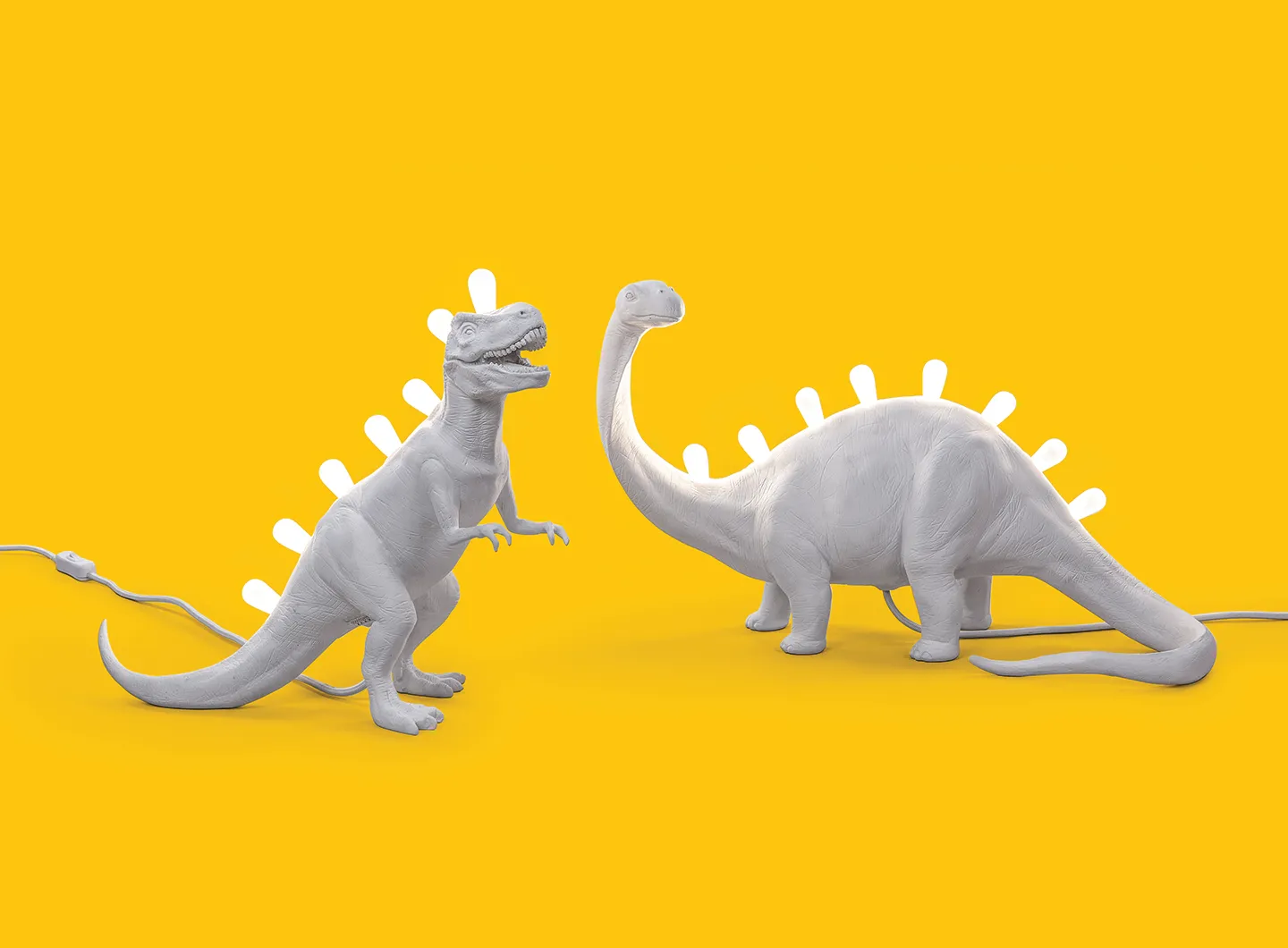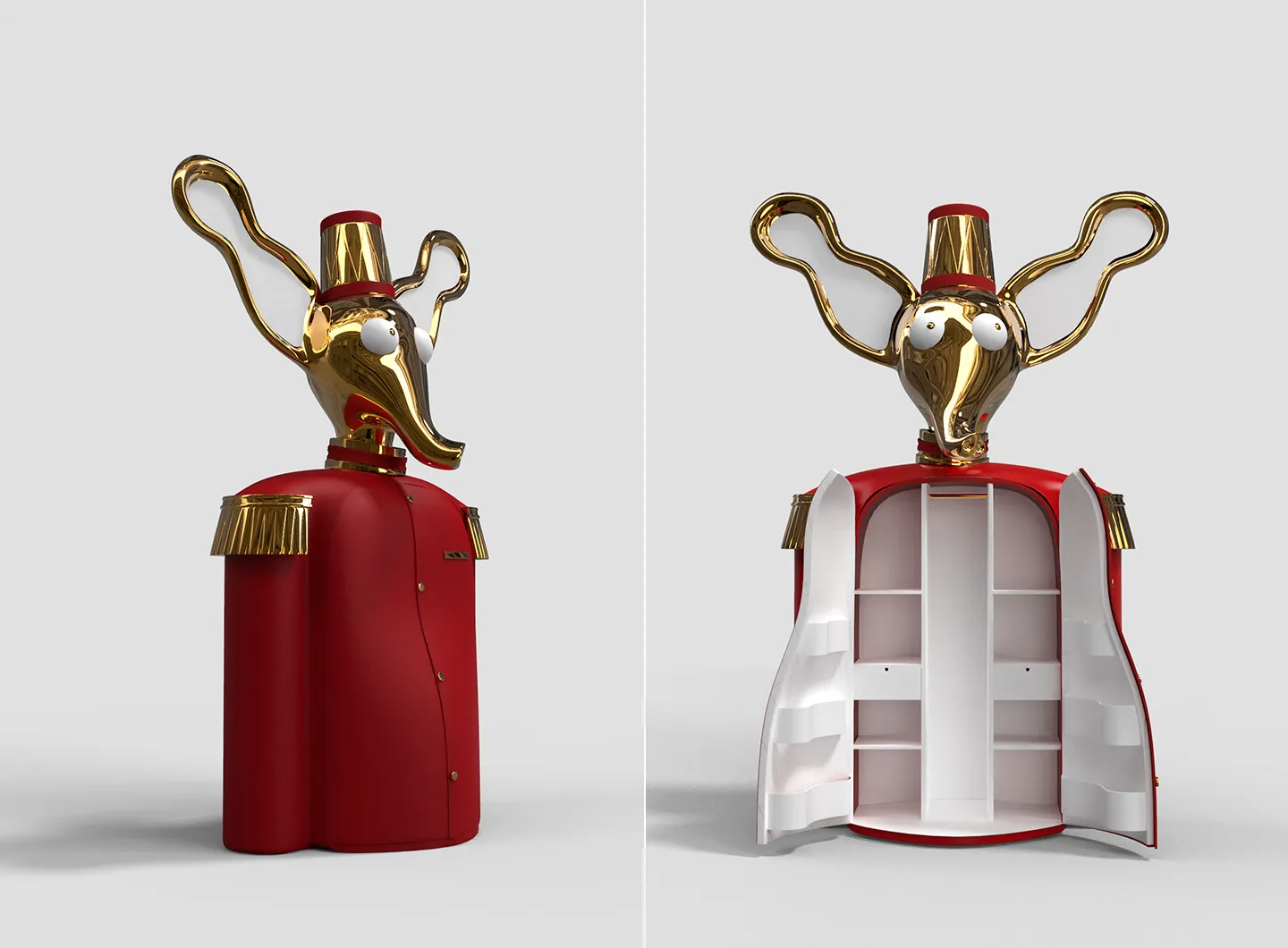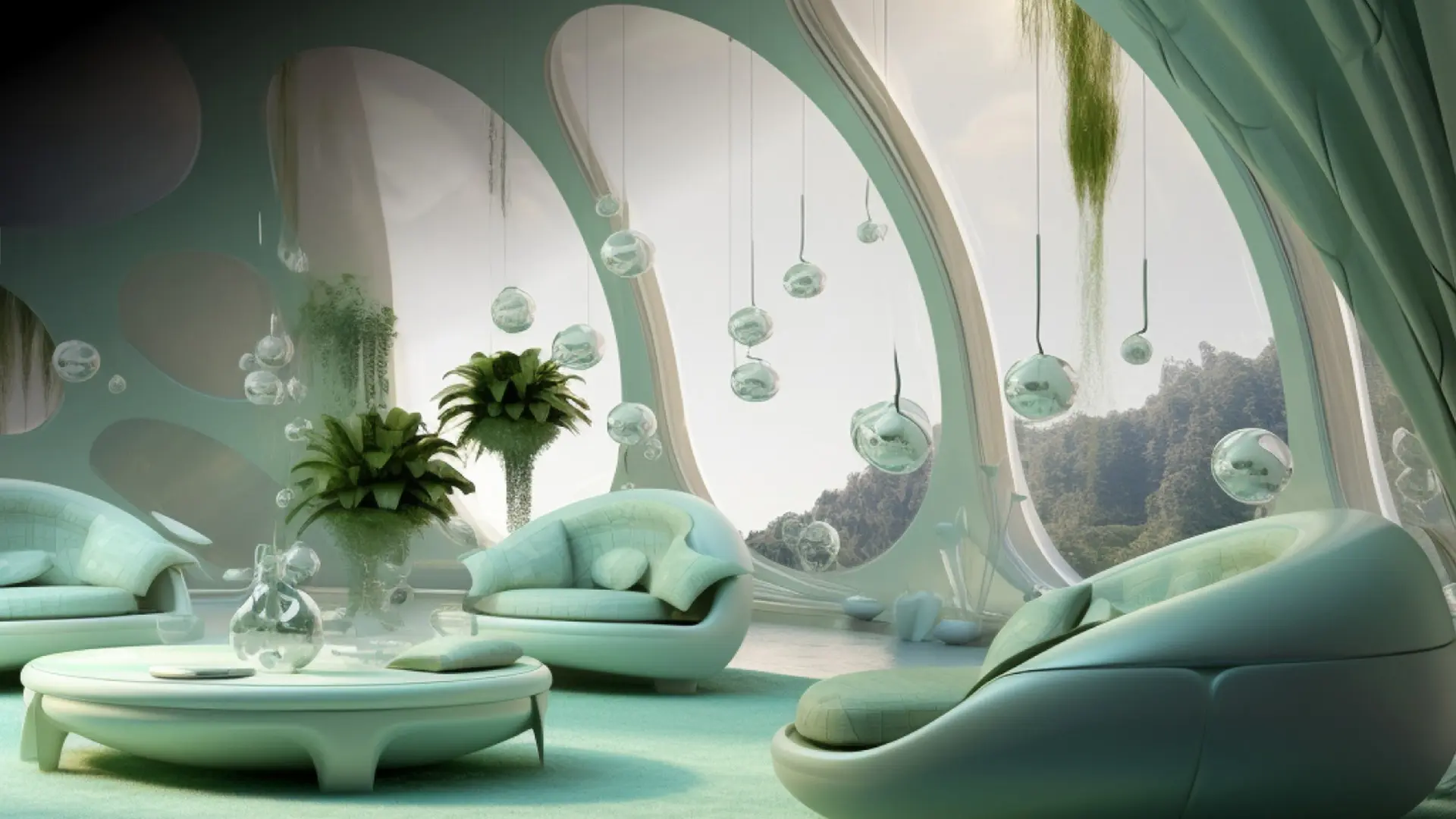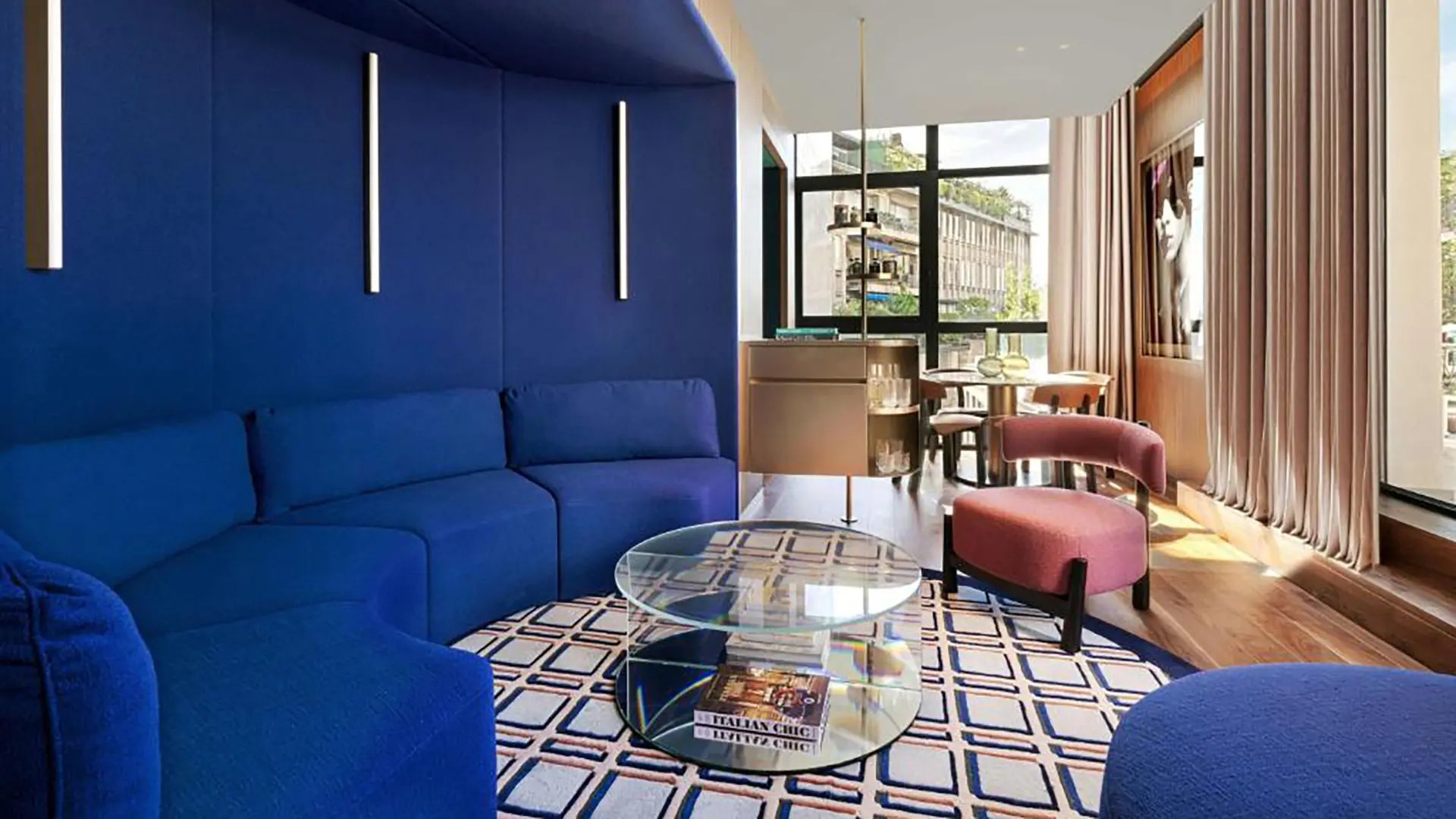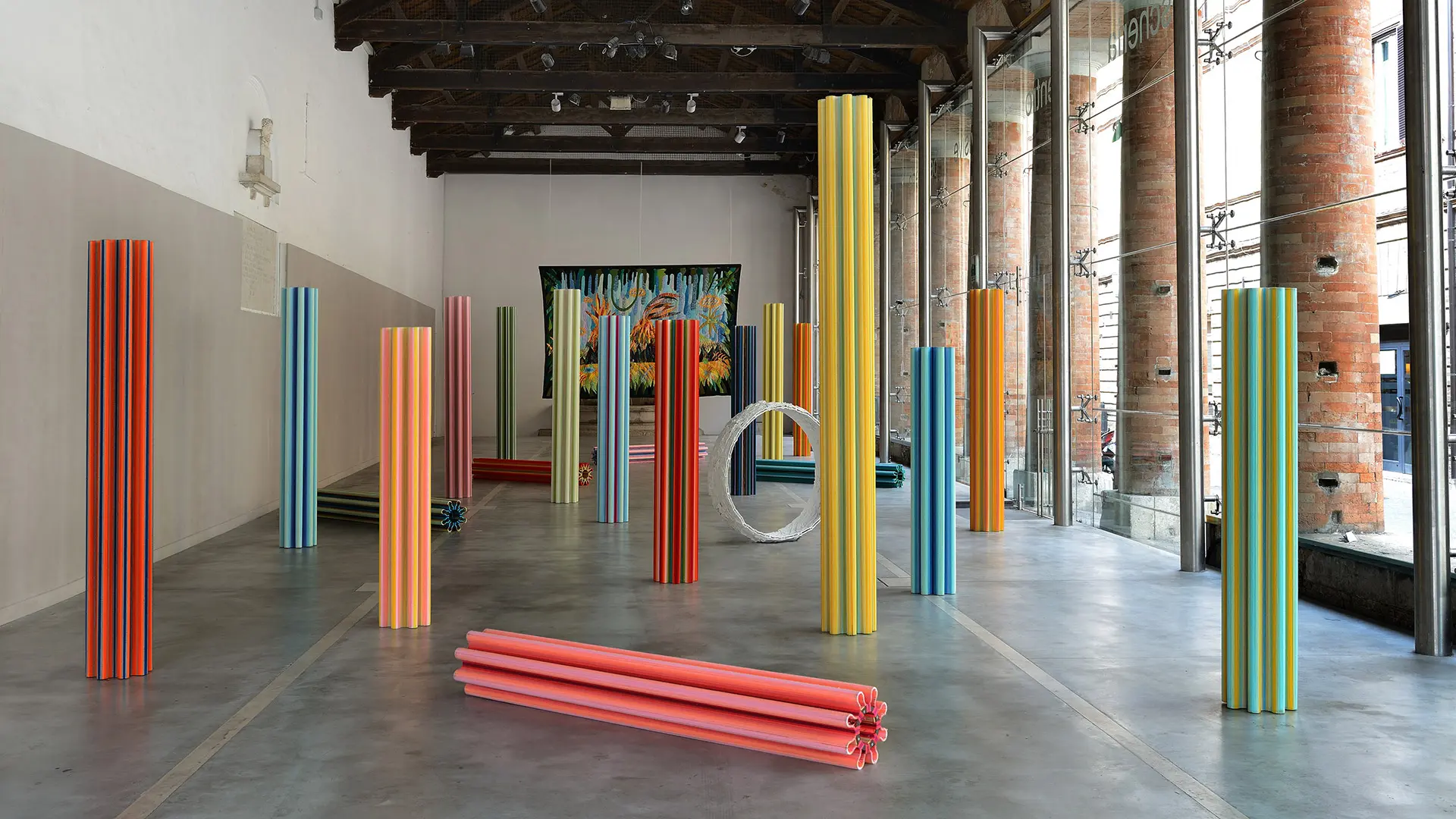From the Tokyo Design Awards, to the NY Product Design Awards & Architectural Design Awards, Best in Design, the NEB Trophy Design Competition, the Good Design Awards® and the Africa International Design Awards (AIDA), all the international news not to be missed in 2026
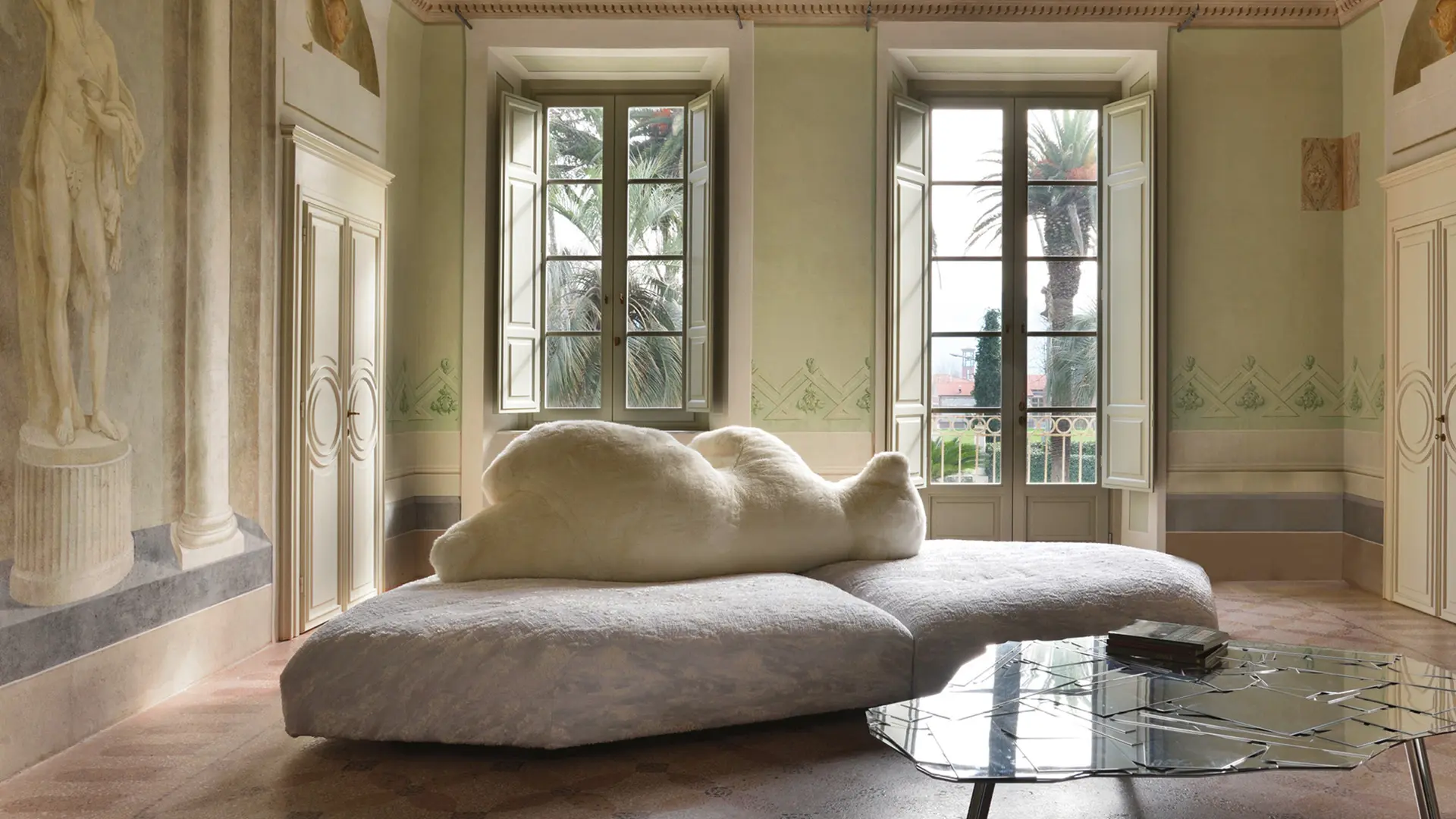
Pack by Edra
When design and fascination with the animal world come together, products with an undeniably playful yet gritty, sensual and truly stunning charge ensue.
According to the Italian but Paris-based philosopher Emanuele Coccia, author of The Life of Plants (2018), Metamorphoses (2020) and a forthcoming book on the concept of home, Filosofia della Casa (to be published in June 2021), cities of the future will need to model themselves on zoos and botanic gardens, where species meet and co-exist in harmony. Our homes, too, ought to reflect this particular paradigm. In fact, the trend towards micro-gardening and the exponential rise in the number of pets acquired during the various lockdowns are obvious examples of this particular revolution. Greenery and pets – dogs and cats, rodents and tiny birds, right down to miniature pigs, goats and cows - have hit the headlines, not just due to a burst of new ecological conscience but, especially, because of their power to comfort – remedies for the anxieties generated by the pandemic yet devoid of side effects.
So, the natural world as the new frontier. For those attracted to but not convinced by the need to take on an animal (or a vegetable), fashion and interior design have always allowed them to demonstrate this affection without beating themselves up. Almost every stylist has gone through an animalistic phase, attempting to imitate feline coats, tropical scales and plumage, the shapes and colours of insects and reptiles. Then the designers followed suit, converting domestic spaces into habitable jungle sets in which leopards, zebras, elephants, bears, tortoises, monkeys and every sort and kind of bird and insect become brightly-coloured fellow inhabitants of our daily lives.
For those who love wild settings, Citco Privè has come up with the Malawi sideboard and the Gibuti cabinet: the former depicts a mesmerising herd of zebras in black and white marble; the latter represents the jungle at night with leopards sculpted from a range of coloured marbles. Sahrai is also channelling leopards for its Noor collection, featuring this majestic animal print in wool and silk relief. Andrey Budko showcased his own very personal take on this particular animal at SaloneSatellite - the Hear My Roooar rug weaves memories of fairytales and flashbacks of his own childhood, craftsmanship and new technologies together. Imperfetto Lab, on the other hand, has gone for the king of the jungle, but has placed it in the very antithesis of the wild – the circus. Thus, their roaring lion leaps through a luminous hoop, conjuring up a dreamlike and powerful atmosphere. Then there are Vitra’s elephants – the Eames Elephant is a versatile piece of furnishing – both seat, small table and children’s divertissement. Inspired by typical Madagascar flora and fauna, Jannelli & Volpi’s Lemuri wallpaper is a riot of primates against palms and banana trees.
Bears are a sort of design star – traversing styles, spaces and eras, they also encourage social reflection, as in Pack by Edra, a sofa reminiscent of a chunk of free-floating ice, on which a large bear lies. Environmental considerations aside, Pack is an open space for playing and living, a warm nest, an intimate corner. Kartell’s Toy is more light-hearted, a reinterpretation of the iconic Moschino bear for a table lamp both stylistically playful and irreverent. China’s version of the bear is the panda, symbolic of all endangered species. Bernardo – which means as powerful and brave as a bear – by Bosa, is a proud chieftain, its armour, crown of leaves and bamboo shoots turning it into a hero poised to fight to defend all animals.
Perhaps, though, the designers’ best-loved animal category is birds – large or small, imaginary or exotic, they all find their place in any sort of furnishing. Starting with Twitty, a sculptural table by Da a distinguished by its oval top, which features an unusual small glass window through which a bird lying on the table leg can be glimpsed. Visionnaire has drawn inspiration from the ancient bestiaries and immortalised the seductive yet fragile beauty of the peacock in its Pavone chair, a work of art vacillating between the real and the imaginary world. The five birds comprising the Linnut - Finnish for “birds” – collection, Sulo, Pallas, Siiri, Kirassi and Palturi, owe their origins to a collaboration between Iittala and Magis. Witty, poetic and comforting, these lights create the hygge atmosphere so beloved of the Danish. Wall&Decò, on the other hand, takes us to South America with the multi-coloured toucans in The Groovers, a creative inspiration that gravitates between photographic and graphic realism, research and formal immediacy. Lastly, Smeg has brought a touch of poetry to the Dolce Stil Novo collection with its artistic Uccellini hob accessories.
Prehistoric fauna constitute a not insignificant variation on a theme, as in Qeebo’s Turtle Carry Bookcase, an original bookcase set atop the carapace of a giant, centuries-old tortoise, while Seletti’s Jurassic Lamp sheds new light on a piece from the Mesozoic Age. Matteo Cibic’s playful and charming Animagic collection brings this overview to a close with its odd mixture of humour, luxury and anthropomorphic utility stemming from the surreal and metaphysical dreams of its designer.
For those, on the other hand, who own a real live pet, we recommend Pet-tecture. Design for Pets – 288 pages crammed with kennels, games and cages for animals of every shape and size, designed by architects and designers such as Nendo, Kenya Hara, MAD Architects, Snøhetta, Shigeru Ban and Sou Fujimoto. Because, as Anatole France said: “Until one has loved an animal, a part of one's soul remains unawakened.


 Stories
Stories
